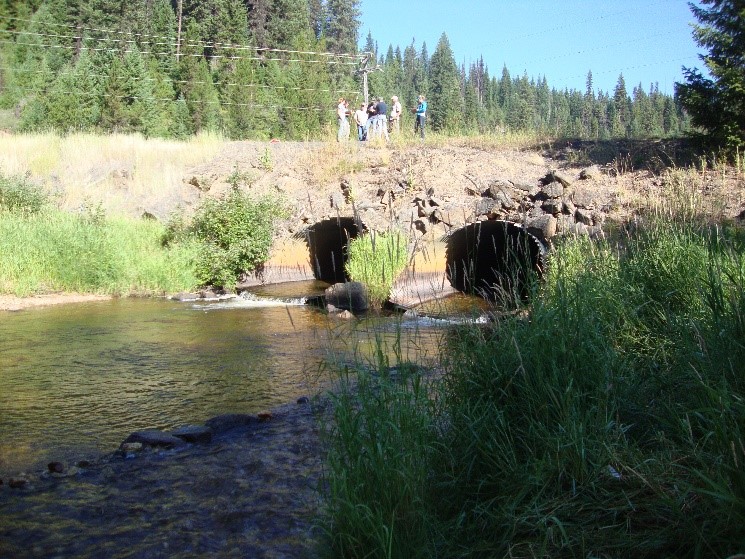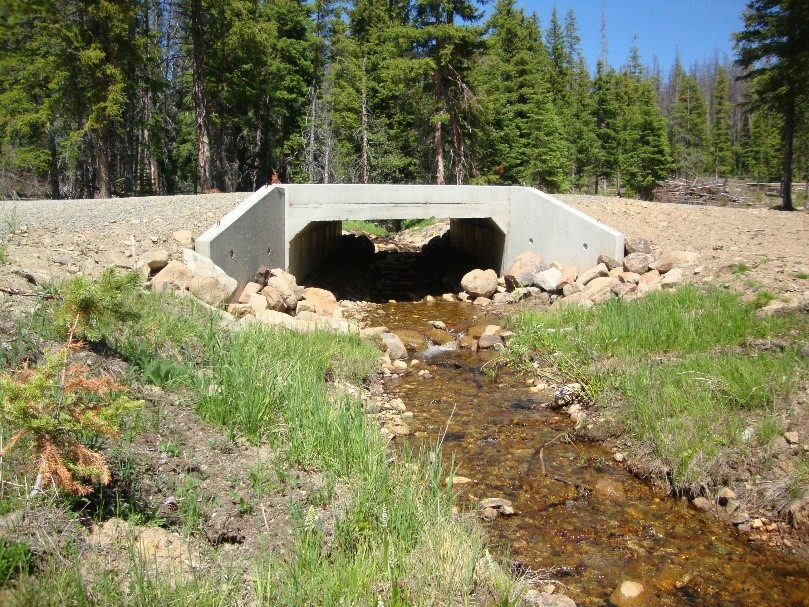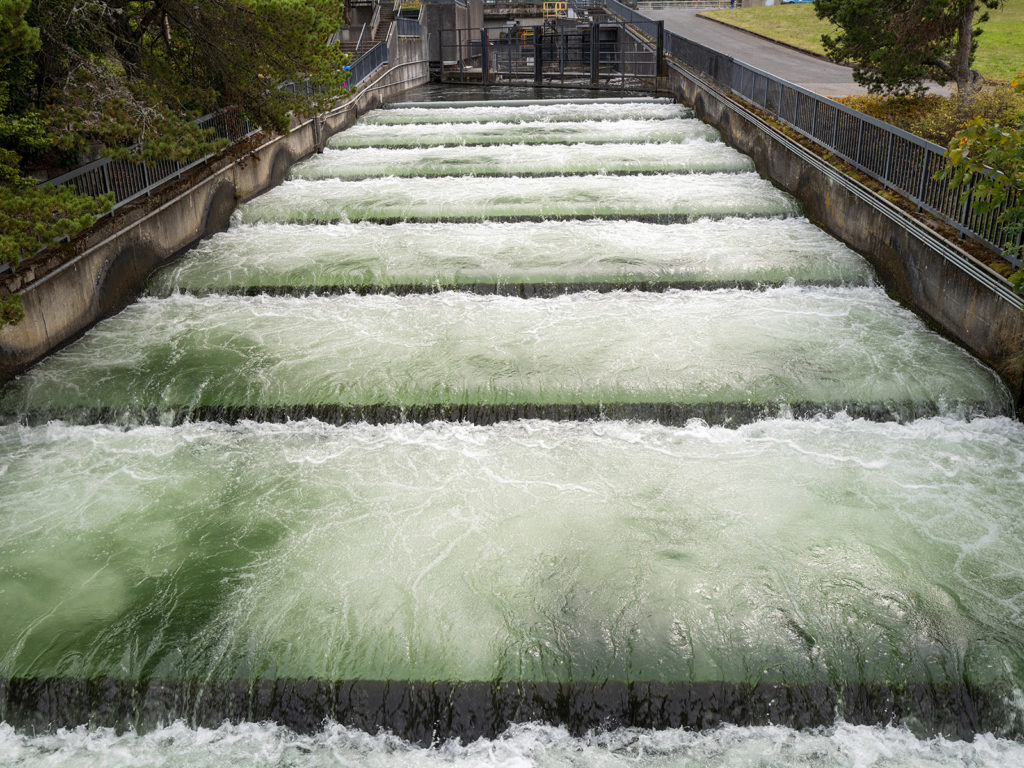Do you ever wonder how we can improve the habitat in our rivers? Well, one important aspect is improving channel geomorphology. This includes various techniques and outcomes depending on the condition of the channel. In an upcoming article, you will learn more about the implementation and benefits of these techniques.
When it comes to improving channel geomorphology, it’s crucial to consider the existing state of the catchment and encourage slow adaptation. There are different techniques that can be employed, ranging from installing in-stream devices to improving channel processes. By doing so, we can see improved movement and habitat for aquatic organisms, as well as better flow patterns and reduced impoundment and sediment accumulation.
If you’re curious about real-life examples of how these improvements have been successfully carried out, there are case studies available that demonstrate the positive impact on the environment. Additionally, the article will provide references and guidance for those interested in implementing and understanding channel geomorphology improvements. So stay tuned and get ready to dive deeper into this fascinating topic!
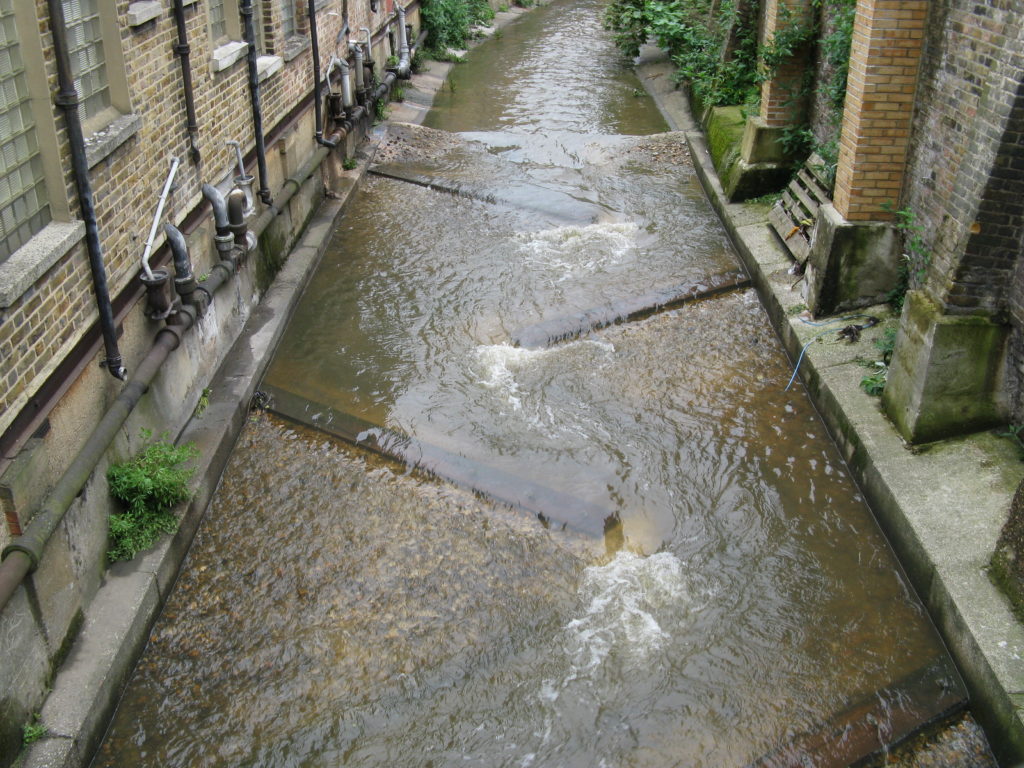
(image source and credits: European Centre for River Restoration (ECRR)
Importance of Improving Channel Geomorphology
Improving channel geomorphology plays a crucial role in creating suitable habitat in rivers. It involves a range of techniques and outcomes that greatly depend on the condition of the channel itself. When implementing these improvements, it is essential to consider the existing state of the catchment and encourage slow adaptation. Let’s explore the various techniques and outcomes associated with improving channel geomorphology to understand their significance.
Techniques for Improving Channel Geomorphology
There are two primary techniques utilized for enhancing channel geomorphology: installing in-stream devices and improving channel processes.
Installing in-stream devices involves the strategic placement of structures such as weirs, riffles, or boulders to modify the flow patterns and diversify the habitat. These structures promote the natural formation of pools, riffles, and eddies, which are essential for aquatic organisms’ movement, feeding, and reproduction. By installing these devices, a more diverse and dynamic river environment can be created, benefiting a wide range of species.
Improving channel processes involves manipulating the flow characteristics of a river to restore its natural dynamics. This technique can be achieved through channel re-meandering, bank stabilization, or vegetation management. By restoring natural river processes, such as sediment transport and bank erosion, the channel can regain its ecological functionality. This, in turn, improves the overall habitat quality and promotes the health of the river ecosystem.
Outcomes of Improving Channel Geomorphology
The improvements made to channel geomorphology have far-reaching positive outcomes for both aquatic organisms and the ecological balance of the entire river system.
One of the significant outcomes is the improved movement and habitat for aquatic organisms. By creating diverse habitats, such as pools and riffles, the channel geomorphology improvements provide ideal conditions for various species to thrive. This includes fish, invertebrates, and other aquatic organisms, which rely on specific flow patterns and access to suitable habitats for feeding, breeding, and shelter. By enhancing the channel geomorphology, their ability to navigate the river and find suitable habitats is greatly improved.
Another outcome is the improved flow patterns within the river. Channel geomorphology improvements can alter the velocity, depth, and turbulence of the water, resulting in more natural flow patterns. This mimics the natural conditions found in undisturbed rivers and promotes the ecological health of the ecosystem. Improved flow patterns allow for the efficient transport of sediment and nutrients, which supports the growth of riparian vegetation and provides valuable food sources for aquatic organisms.
In addition to improving movement and flow patterns, channel geomorphology improvements can also help reduce impoundment and sediment accumulation. Impoundment refers to the restriction of water flow caused by human-made structures, such as dams or weirs. By redesigning channel morphology, these obstructions can be minimized or eliminated, allowing for a more continuous flow of water. Additionally, proper channel geomorphology can prevent excessive sediment accumulation, which can adversely affect aquatic organisms’ habitat quality.
Case Studies on Channel Geomorphology Improvements
Numerous case studies have demonstrated the successful outcomes of channel geomorphology improvements in various scenarios. These studies help us understand the specific environmental improvements achieved through the implementation of these techniques.
For example, in a case study conducted in a degraded river system with extensive impoundment and sediment accumulation, channel geomorphology improvements were instrumental in restoring the river’s ecological balance. The installation of in-stream devices and the re-meandering of the channel significantly improved the movement and habitat availability for aquatic organisms. As a result, native fish populations increased, and the overall health of the river ecosystem improved.
Similarly, in another case study involving the improvement of channel processes, the restoration of a degraded river system led to a significant improvement in flow patterns. This, in turn, enhanced the transport of sediment and nutrients downstream, benefiting riparian vegetation and providing essential food sources for aquatic organisms. The restoration efforts also resulted in improved water quality and increased species diversity in the river.
These case studies highlight the effectiveness of channel geomorphology improvements in creating a healthier and more sustainable river environment.
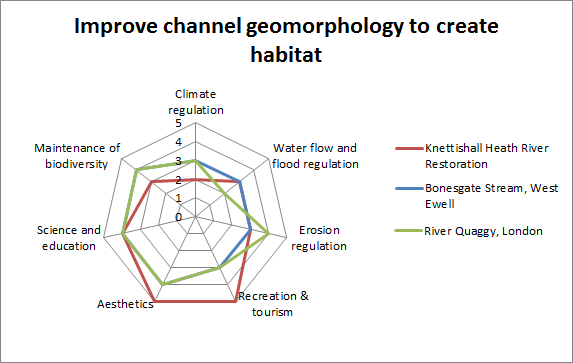
(image source and credits: European Centre for River Restoration (ECRR)
References and Guidance for Channel Geomorphology Improvements
To ensure successful implementation and understanding of channel geomorphology improvements, there are various references and guidance available.
Guidance documents provide detailed instructions and best practices for implementing channel geomorphology improvements. They include step-by-step processes, technical specifications for in-stream devices, and considerations for different channel conditions and ecosystems. It is crucial to follow these guidelines to achieve the desired outcomes while minimizing any potential negative impacts.
Furthermore, understanding the principles and concepts behind channel geomorphology improvements is essential. This knowledge allows for informed decision-making and the ability to adapt techniques to specific catchments and conditions. References such as scientific journals, research papers, and relevant publications provide valuable insights into the theory and practice of channel geomorphology improvements.
By utilizing these references and guidance, practitioners, policymakers, and researchers can effectively contribute to the successful implementation and continued improvement of channel geomorphology initiatives.
Aquatic Organism Passage (AOP) or Fish Passage
Aquatic organism passage (AOP), also known as fish passage, is another critical aspect of river restoration. It primarily focuses on removing barriers to movement for aquatic and riparian species between bodies of water.
The removal of barriers can take various forms, including dam removal, road removal, or the enlargement of culverts and tide gates. These measures aim to allow more natural flows and movements through these previously obstructed areas. By providing passage opportunities, AOP ensures the uninterrupted movement of aquatic organisms, allowing them to access vital habitats for feeding, breeding, and migration.
Importantly, AOP measures are not limited to fish species alone. They play a crucial role in maintaining the ecological balance of entire river systems by enabling the movement of a wide range of aquatic and riparian species. The removal of barriers contributes to the overall health and resilience of these ecosystems, especially in the face of climate change stresses.
Successful restoration work often requires collaboration between transportation agencies, interest groups, and landowners. By working together, these stakeholders can address the challenges associated with achieving effective AOP while considering the socioeconomic and environmental factors unique to each scenario.
Improving channel geomorphology and implementing AOP measures are interrelated efforts that contribute to the overall health and sustainability of river ecosystems. By focusing on these initiatives, we can restore and enhance the natural processes and functions of rivers, ensuring their importance for generations to come.

(image source and credits: European Centre for River Restoration (ECRR)

